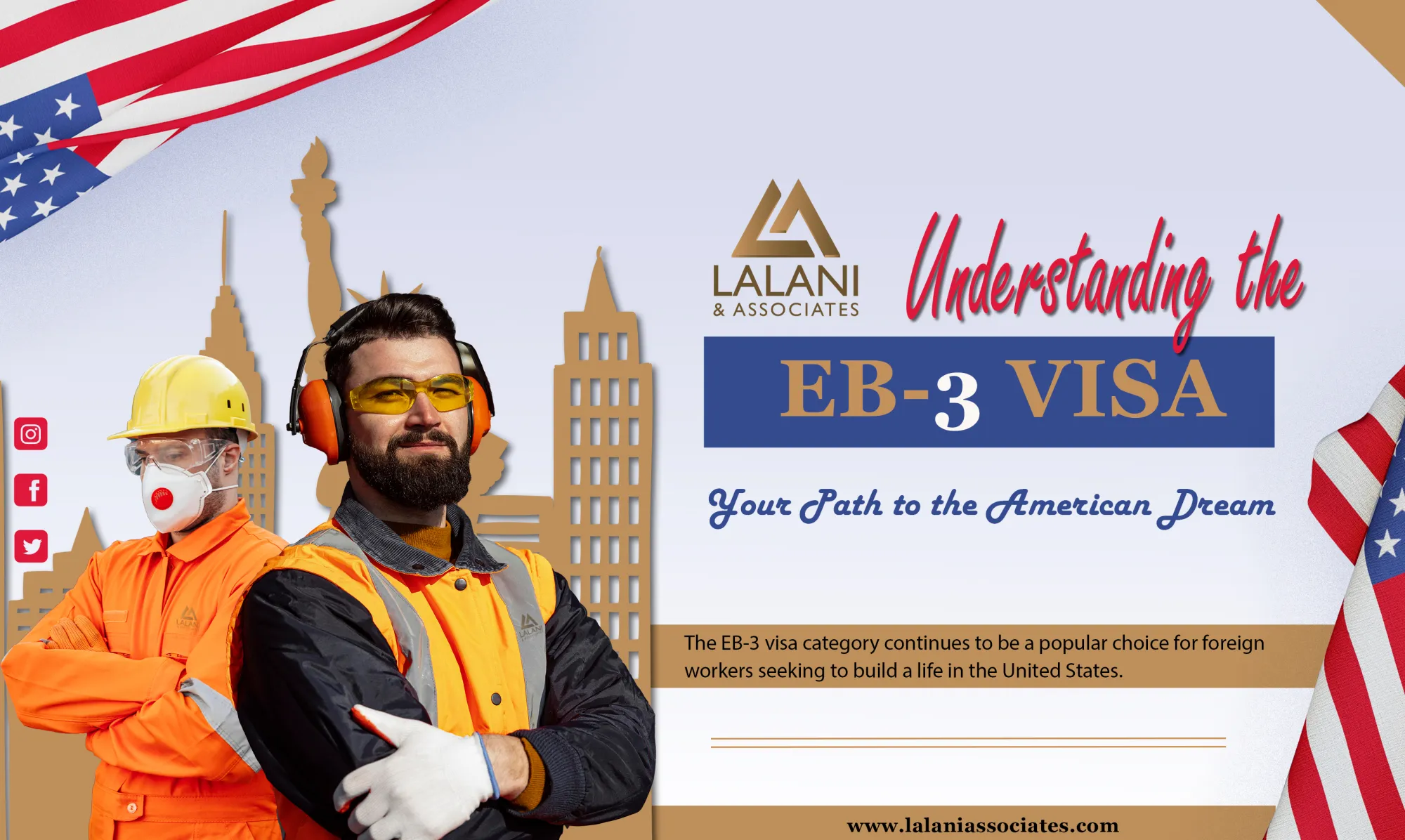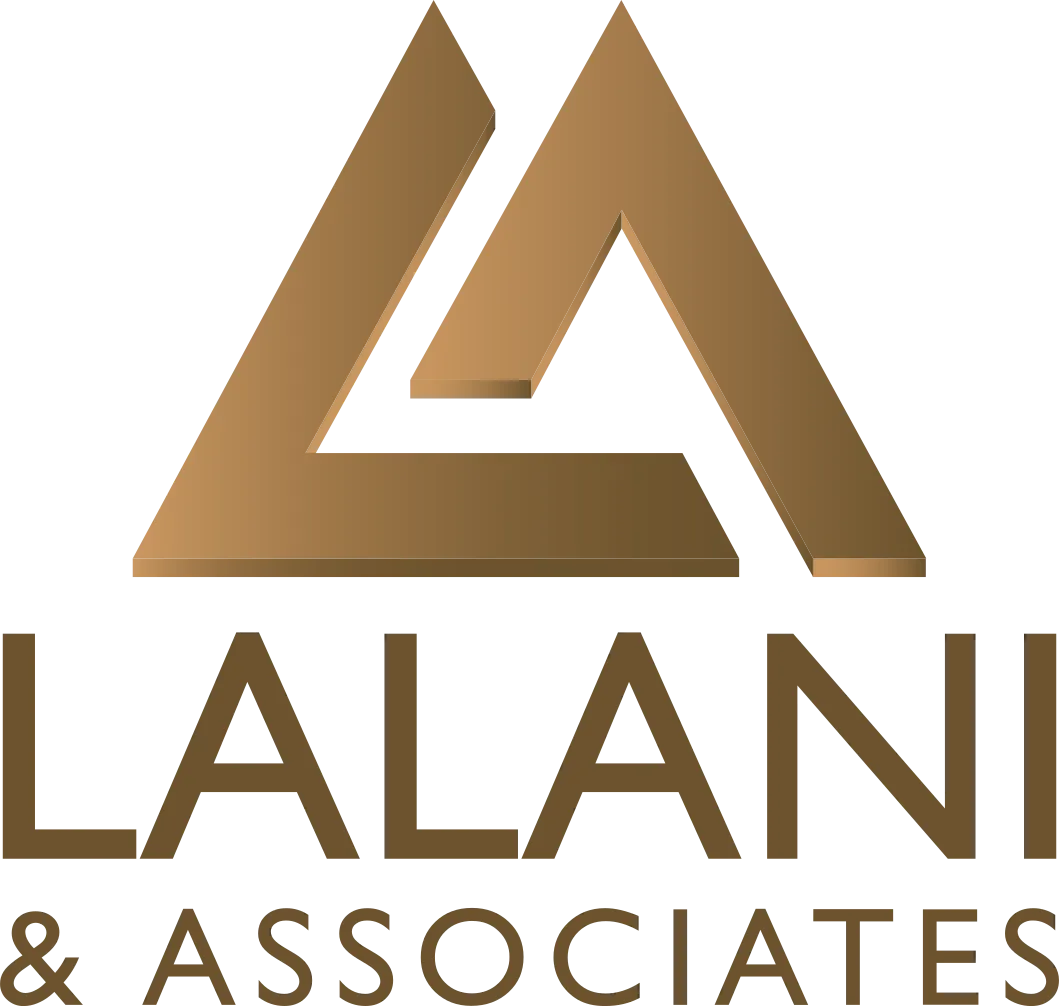
The Employment-Based Third Preference EB3 visa is a type of U.S. immigrant visa intended for foreign workers whose skills are deemed to be below those of a skilled worker. Often called the “unskilled worker” visa, this option is well-liked by people looking to start over in the US. This phrase, however, can be deceptive because a large number of people on visas have valuable abilities that greatly boost the American economy.
Comprehending the EB-3 Visa Types
The EB-3 visa category is divided into three subcategories:
- Skilled Workers: Needs two years or more of education or work experience in a particular field. Technicians and other skilled workers are frequently included in this category.
- Professionals: Requires a bachelor’s degree in a relevant discipline, or its equivalent. This group usually includes professionals like engineers, accountants, and computer programmers.
- Additional Workers: This category includes unskilled laborers with fewer than two years of training. Workers on assembly lines, in the food processing industry, and in agriculture are a few examples.
The Procedure for EB-3 Visas
There are several steps involved in obtaining an EB-3 visa for both the foreign worker and the U.S. company. The general procedures consist of:
- Job Offer: A U.S. company must extend a job offer to a foreign worker.
- Labor Certification: To prove that there isn’t a qualified American worker available for the position, the company submits a Labor Certification with the Department of Labor.
- Immigration Petition: To sponsor the foreign worker, the employer submits an Immigrant Petition (Form I-140) with USCIS after the Labor Certification is accepted.
- Application for Visa: The foreign worker may apply at a U.S. embassy or consulate for the EB-3 visa following the approval of their I-140.
Positive Aspects of the EB-3 Visa
- Accessibility: The work visa is more widely available to a larger group of workers due to its more expansive eligibility criteria when compared to other employment-based visas.
- Economic Opportunities: The US has a sizable labor market spanning several industries, which gives EB-3 visa holders many of options.
- Path to Permanent Residency: Holders of successful EB-3 visas may eventually be granted a green card, which would allow them to live permanently in the United States.
- Family Reunification: Holders of EB-3 visas are able to sponsor immigration for qualified family members.
Obstacles and Things to Think About
Even though the EB-3 visa presents a lot of prospects, there are some things to keep in mind:
- Visa Backlogs: Prolonged processing times are a common outcome of the EB-3 category’s significant visa backlogs.
- Competition in the Job Market: It may be difficult to find a U.S. employer ready to sponsor an EB-3 visa.
- Economic Conditions: The state of the economy can have an effect on both the hiring situation and the visa application procedure as a whole.
Advice for EB-3 Candidates
- Immigration Consultant: To successfully navigate the intricate procedure, get expert advice.
- Comprehensive Job Search: Look for firms that are willing to sponsor an employment-based third preference visa.
- Patience: Expect a drawn-out procedure and possible delays.
- Maintain Status: Make sure your legal status is upheld if you are already in the country on a temporary visa.
Prospects for the EB-3 Visa
Foreign workers who want to establish a life in the United States continue to choose the EB-3 visa category. Despite ongoing difficulties, many people find it to be a worthy endeavor due to the possible rewards. It’s critical to keep up with any changes to immigration laws that can impact the visa application process.


0 Comments